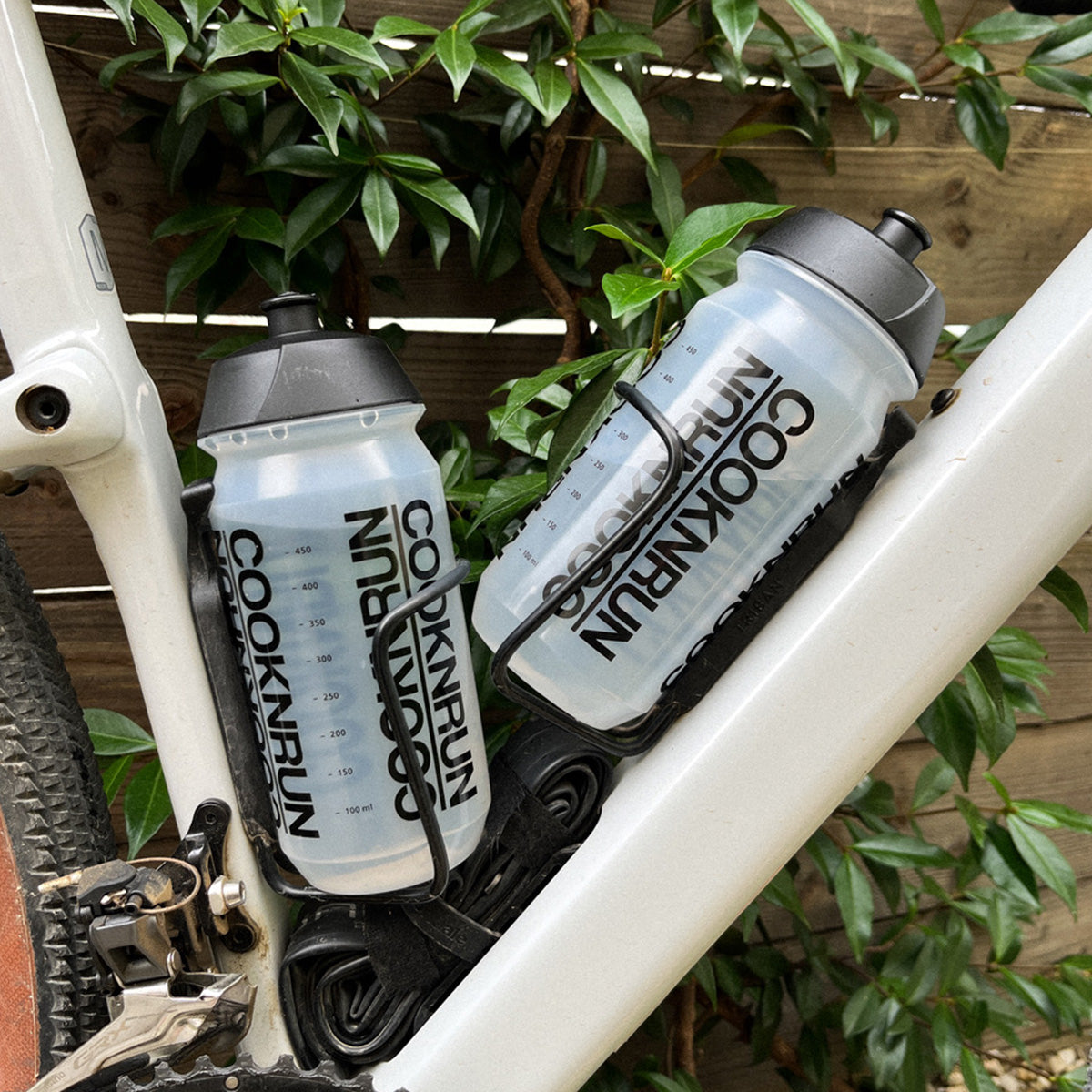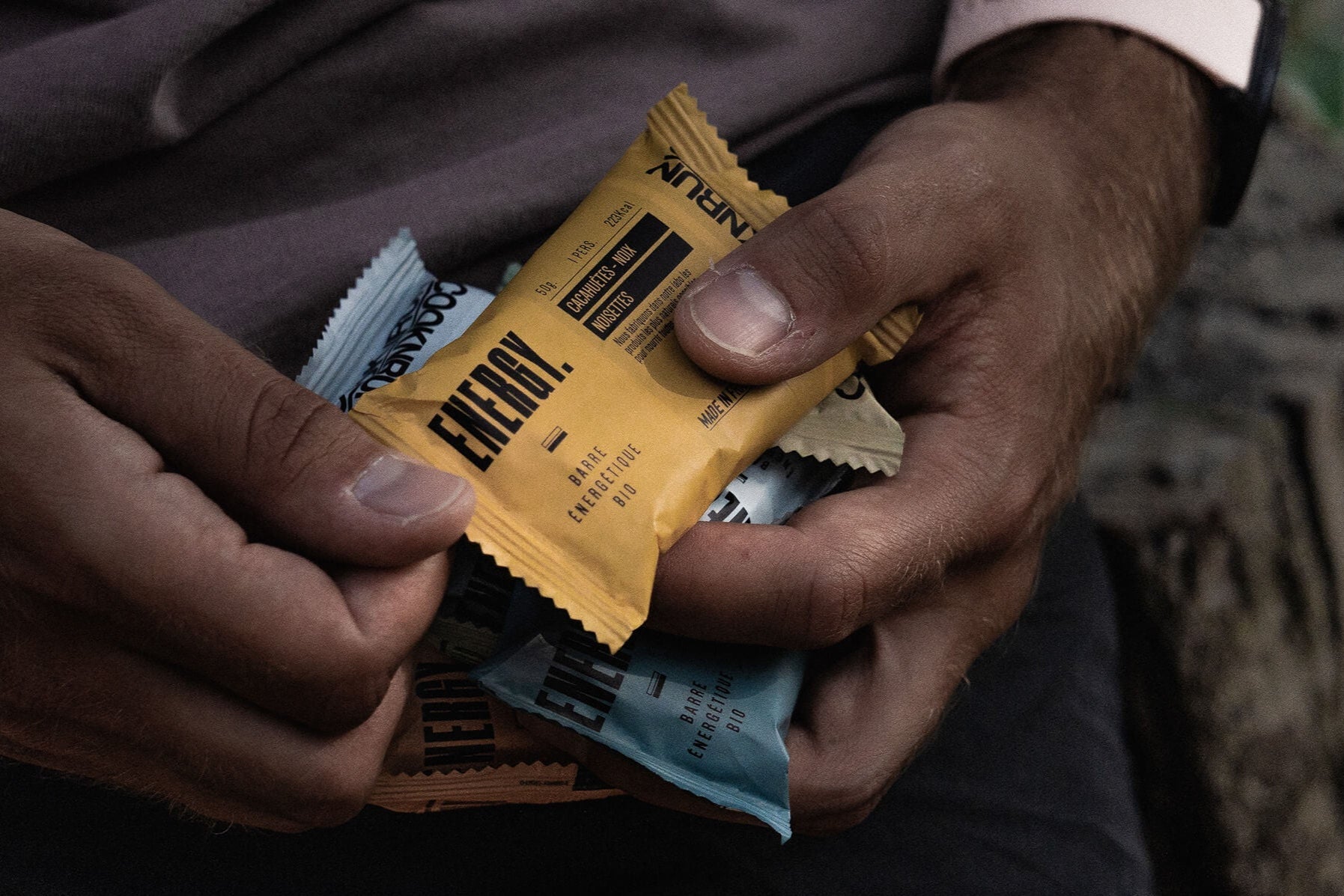Glycemic Index
Every athlete has heard of slow-release sugars and fast-release sugars, and the time of day when to eat one and avoid the other. The idea that carbohydrate energy will be delivered to us at a greater or lesser speed is true. The notion of "slow-release sugars" has been overshadowed by an objective metric: the Glycemic Index (GI).
The glycemic index is a measure of a food's ability to raise blood sugar levels: blood glucose .
When we eat a food that contains a certain amount of sugar, this amount of sugar will inevitably impact our blood sugar levels. A food that causes rapid changes in blood sugar is said to have a high glycemic index, and a food that causes slow changes in blood sugar is said to have a low glycemic index.
How important is it? The body, always seeking homeostasis, can function with a certain blood sugar level and has difficulty tolerating large fluctuations. If blood sugar levels drop suddenly, the subject experiences hypoglycemia. The body, through various mechanisms, sends signals (discomfort, sweating, increased heart rate, etc.) to signal that something is wrong.
If blood sugar rises too suddenly:
In the same way, the body, without echoing it, will seek its homeostasis again. We therefore have systems that regulate blood sugar. Our pancreas produces two hormones on demand, insulin and glucagon. These two hormones have the particularity of influencing blood sugar.
If blood sugar is too low:
The pancreas will release glucagon, thus causing glycogen to break down into glucose, and raising blood sugar levels. Conversely, if blood sugar is too high, the pancreas will release insulin, the function of which will be to lower blood sugar. Apart from any pathological dysfunction leading to damage to this regulatory system (diabetes*), all this goes relatively well. However, this system is not designed to be overused!However, the modern diet has become very rich in high GI foods and the pancreas is particularly stressed. Regular consumption of these foods is not without consequences . Thus, a meal that would be made up with a predominance of high GI foods would cause reactive hypoglycemia. In reaction to the sudden rise in blood sugar, the insulin discharge is too significant and too sudden. It causes reactive hypoglycemia. This is typically what happens in the morning when, after a breakfast of toast spread with jam, you feel very tired and this invites you to eat something more or to sweeten your coffee. This would cause exactly the same thing and which would invite you to eat something more or to sweeten your coffee... For example, it was customary in football clubs to eat pasta and mashed potatoes as a pre-match meal. An unsuitable menu if ever there was one. Consuming these two high-GI foods before exercise put the entire team in a difficult position. Does this mean we should ban all high-glycemic index foods? No. We need to consider a certain "timing." Moderate-GI foods represent the vast majority of carbohydrate intake in an athlete's daily life.
Before an effort:
It seems essential to prefer carbohydrates with a moderate or low GI.During an effort:
On the contrary, it may be interesting to provide energy quickly in the form of carbohydrate intake with a rather high GI (fruits, dried fruits, etc.) of natural origin. Thus, in a 2012 study published in the Journal of the International Society of Sports Nutrition, Brandon W Too et al. explained that there is no significant difference during endurance efforts between the consumption of carbohydrate-rich energy drinks and the consumption of pure water and raisins.
Just after an effort:
It is important to immediately address carbohydrate debt by consuming high GI carbohydrates. Be careful not to fall into caricature; we still see refreshment stations at running events offering sodas. Our RECOVERY range is perfect for helping you optimize your recovery with our protein bars .
The Glycemic Index is classified into three categories:
- A Glycemic Index (GI) is high when it is greater than 70.
- A Glycemic Index (GI) is moderate when it is between 55 and 70.
- A Glycemic Index (GI) is low when it is less than 55.
Some examples:
- White sugar: 100
- White bread: 90
- Wholemeal bread: 40
- White pasta: 70
- Wholemeal pasta: 50
- Biscuits: 70
- Peas: 48
- Lenses: 30
- Apples: 38
Where are carbohydrates found?
Carbohydrates are mainly found in grains, seeds and fruits.
For daily nutrition, natural and unrefined sources should be favored. All flours, grains, and sugars should have a low to moderate glycemic index. Therefore, it is advisable to favor whole-wheat pasta over so-called "classic" (i.e., white) pasta, brown rice over white rice, whole-wheat bread over baguettes, etc.
Carbohydrate requirements.
The next step is to quantify the average carbohydrate needs for each individual. Any attempt to express a standardized daily value for carbohydrate intake is hampered by the immense disparity and inequality of individual metabolisms. Any proposal must be weighed according to the level of physical activity and individual characteristics. In his book "Micronutrition, Health and Performance," Denis Riché, however, suggests a reasonable value of 6 g/kg.d.







